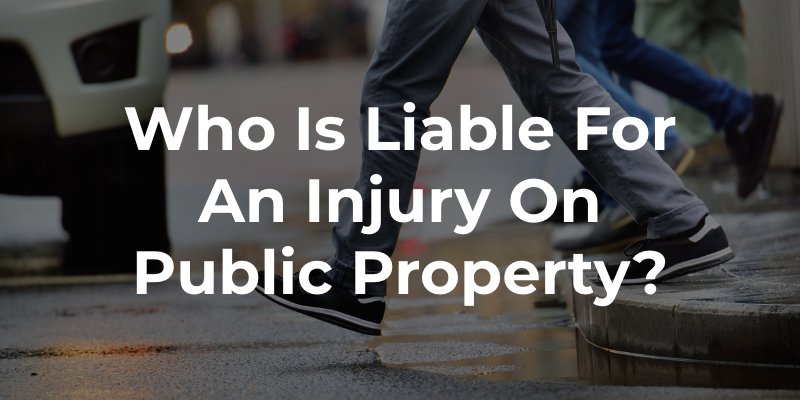Our attorneys have been assisting the Orange County and Southern California communities for over 40 years.
When speaking about public property, you will generally find people referring to property owned by government agencies. This can include federal, state, or local municipal agencies and stretches beyond the typical places you would think, such as courthouses, government buildings, offices, and more. This can also include public parks, streets, sidewalks, and any other area controlled or managed by government agencies or other officials.
But if an injury occurs on private property, it’s important to understand who can be helped by them as well as the extra steps involved in filing claims against government agencies in California.

Determining liability for a personal injury on public property can be complex, as it involves identifying the entity responsible for maintaining and managing the property where the injury occurred. Some potentially liable parties include:
The California Tort Claims Act (CTCA) governs how claims against government entities are handled. This Act lays out specific procedures and requirements for filing a claim, which differ significantly from those in claims against private parties.
To successfully claim compensation for an injury on public property, it is essential to prove that the government entity or its employees were negligent. This involves demonstrating the following:
Building a strong case requires thorough documentation and evidence. Here are key steps to take:
After you follow these steps, contact a personal injury attorney in Orange County for help securing compensation for your injury.